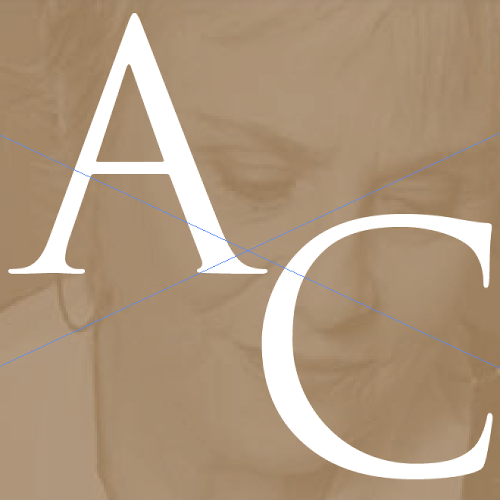Each morning I get up, I have coffee, I scan the LA Times for news that often aggravates my nervous system and then I go to the computer. Writing is my meditation. I don’t sit with my legs crossed, my spine erect, my eyes closed, my thumb andfirst finger touching and I don’t watch my breath. I prefer to watch the page fill up with words.
For some people, traditional meditation is extremely beneficial. I’m inspired by the teachings of some famous meditators like the Dalai Lama, Pema Chodron, Ram Dass and Thich Nhat Hanh. But that isn’t me. I’ve had meditation practices in the past. I went on a silent Sufi retreat. I was initiated into Transcendental Meditation (TM) and I sat with groups and breathed, but none of it gave me solace. Writing, however did and it still does.
I have some guilt about that. I think I “should” do it differently, that I should sit and meditate like many people on a spiritual path recommend. I wonder if they’re more spiritual than I am. I’m in the habit of comparing myself to other people and the way they do things, but I get the same benefits from writing that dedicated meditators get from sitting. I lose time. My body softens. My
breathing slows down. My wild mind stops grating against my nervous system. And I get the added attraction of energizing the creative part of my brain that is always hungry to find meaning and a sense of purpose in my life.
While writing with no destination is an ego challenge, “Why bother? Who will read it?” you might think. “How will I know if it’s any good? It probably sucks.”
I understand these ruminations. When I wrote my bestsellers, I knew the publishing houses, the editors, the agents, what they expected from me and how to meet difficult deadlines. I was thrilled that my books were widely accepted and celebrated by critics. That was then. Today, I coach writers, I edit their manuscripts and I help them organize their thoughts, but I don’t write for anyone else. I write about what inspires me. I post my blogs and some spiritual reflections regularly on Substack and Facebook and I don’t wonder if they’re good or bad. I read my pieces to my friends and sometimes they spark an interesting conversation. I read my pieces to myself to see what I’m feeling and how I’m dealing with my life challenges. These days, that’s enough.
I’m not saying that writing as a mediation is easy. It’s hard not to feel
invisible. It’s like dancing alone in a room. It’s like seeing something
magnificent and not having someone to share it with. It’s like making a sand castle and seeing a wave wash onto the shore and destroy it. In the Buddhist tradition, a group of monks spend many days creating a magnificent mandala out of colored sand. When it’s finished, they appreciate the beauty, they pray and chant, they extend it as an offering, and then they take their fingers and deliberately destroy it as a symbol of impermanence. There is
no admiration or complements. No pat on the back for creating something so beautiful. The meaning is in the doing and that is what I aspire to with my writing.
I do my best to have no attachments to what other people think about my work. You know the old adage, “What other people think of me is none of my business. When you don’t care what anyone else thinks, your creation doesn’t have to be witnessed to make it meaningful and purposeful. It can stand alone as a symbol of your personal expression.
There is a long list of celebrated artists who never got praise or fame when they were alive. They might have wanted recognition but when it didn’t come, they did their work for themselves to satisfy their need to be creative. Here are a few examples:
Master painter Vincent Van Gogh sold two paintings in his lifetime, one to his brother and the other to a London art gallery. And he never stopped painting.
Paul Cezanne’s paintings were rejected from the famous Salon d’Automne for six straight years. But he never stopped painting. It’s ironic that one year after his death, he was inducted into the same Salon and given the recognition he rightfully deserved.
Herman Melville’s blockbuster novel, Moby Dick, was poorly received and the author experienced financial failure. Still, he continued to write books that were not the least bit successful. When he died, he was little more than a footnote in American literature. Today, he is considered one of America’s greatest authors.
These luminaries who got no outer recognition didn’t allow a lack of success and approval to stop them from doing what they were moved to do. Or what they needed to do. I don’t have the audacity to compare myself to these masters, but I do find resonance in the fact that I’ve learned to fall in love with the writing process and use it to improve my quality of life. When I was a ballet dancer, we trained much more than we performed. Our choreographers and coaches didn’t mete out compliments so we watched ourselves in the wall-to-wall mirrors and became our own cheerleaders. I use what I learned as a ballerina to exercise my discipline to keep on writing and appreciate myself and my work.
When I wonder why I bother writing if no one will read it, I ask myself, “Am I no one? Am I not important enough to be the
one to witness my own creativity? Am I not nurturing enough to appreciate the beauty of what I’ve done?” When I was a child, it was all about, “Look Mom, watch me dive into the pool. Watch me do the splits. Listen to the poem I just wrote.” My mother isn’t here anymore. If someone appreciates my creativity, it feels good and I’m grateful. If they don’t, my task is to find the place inside me where the good mother lives on and value myself and all that I do.


Recent Comments